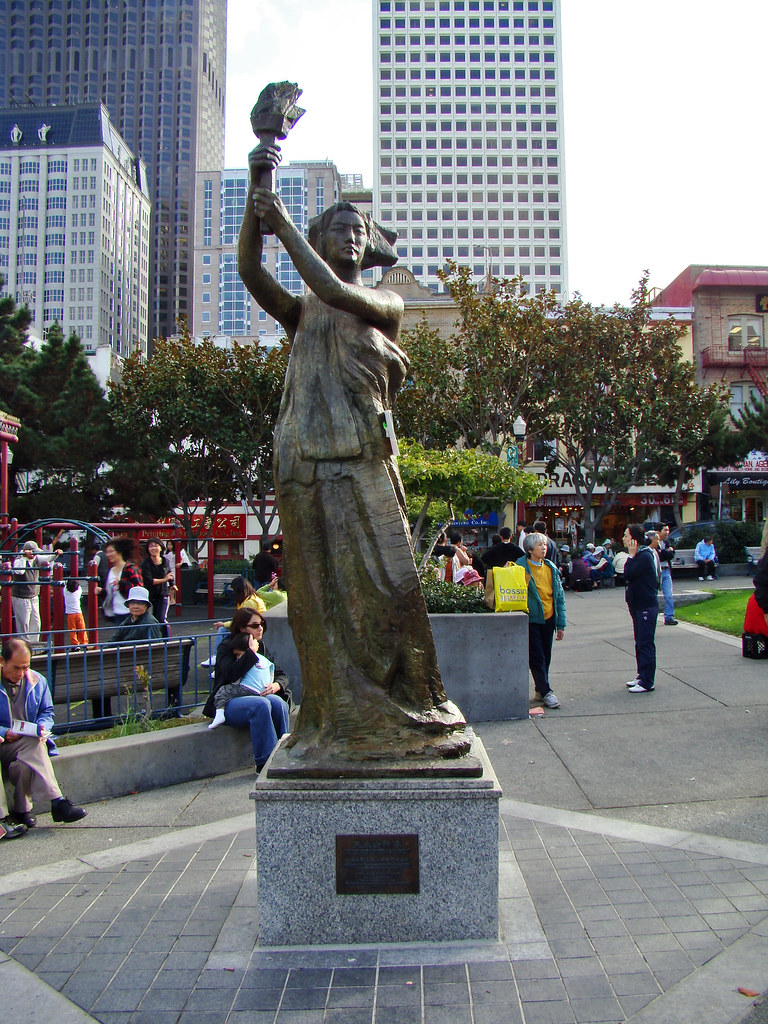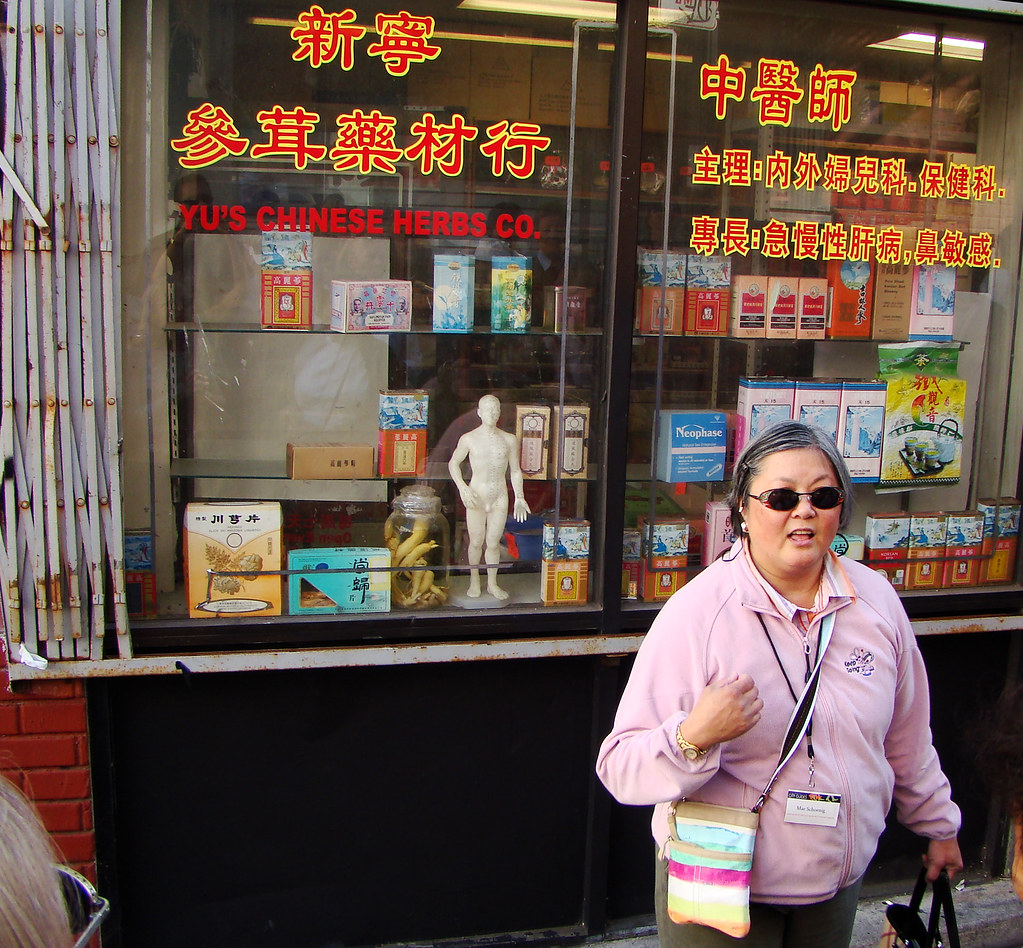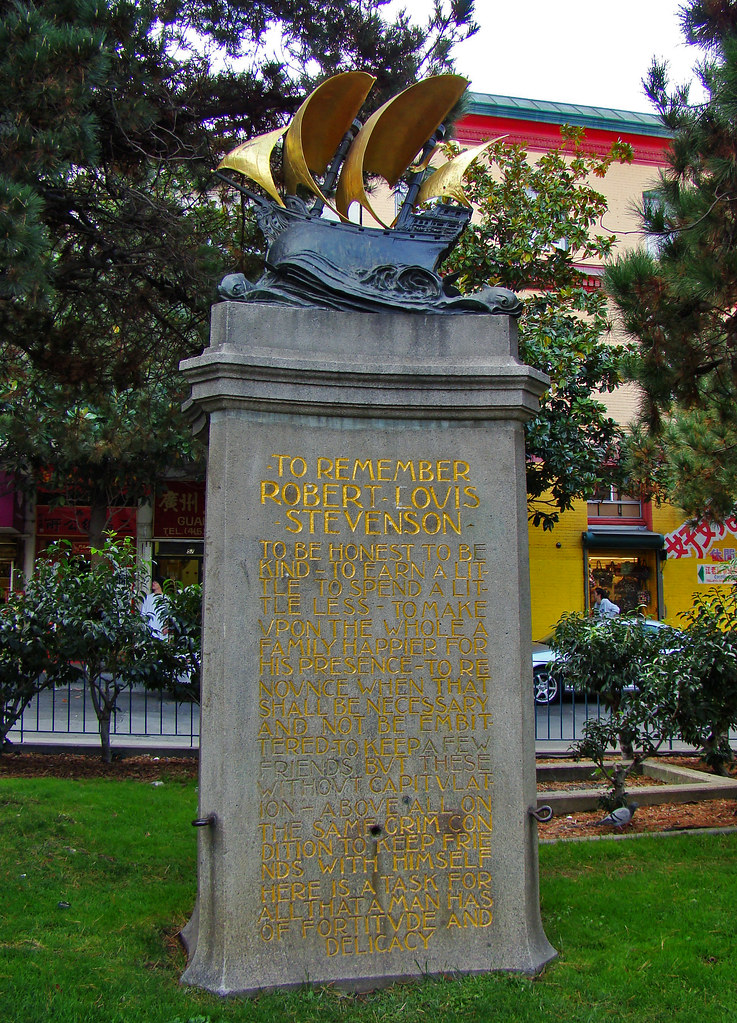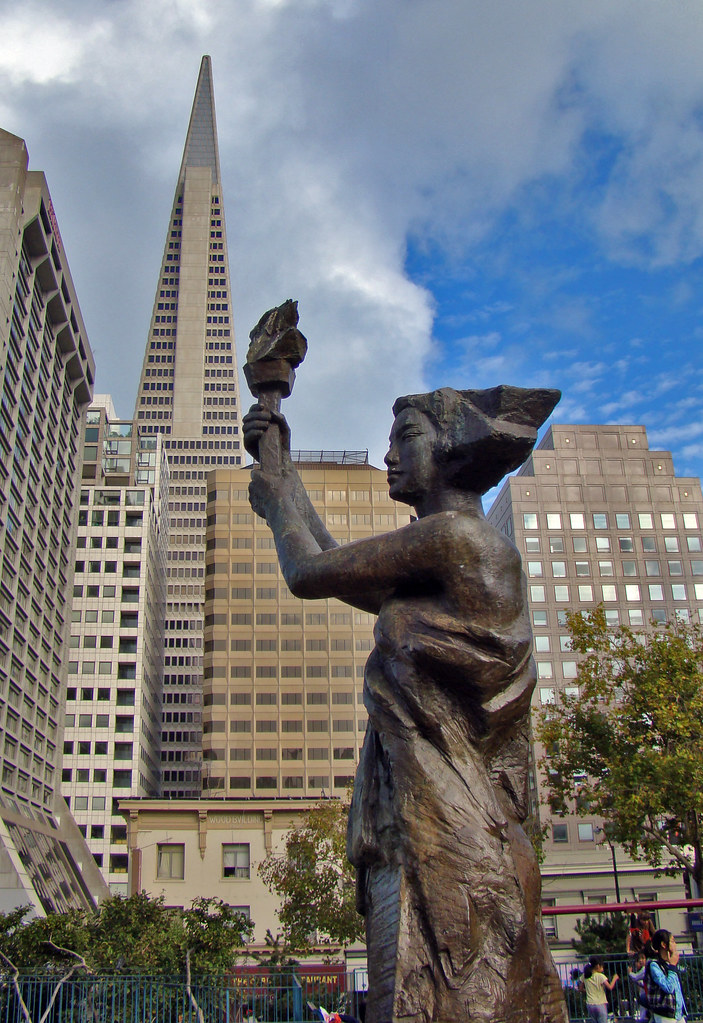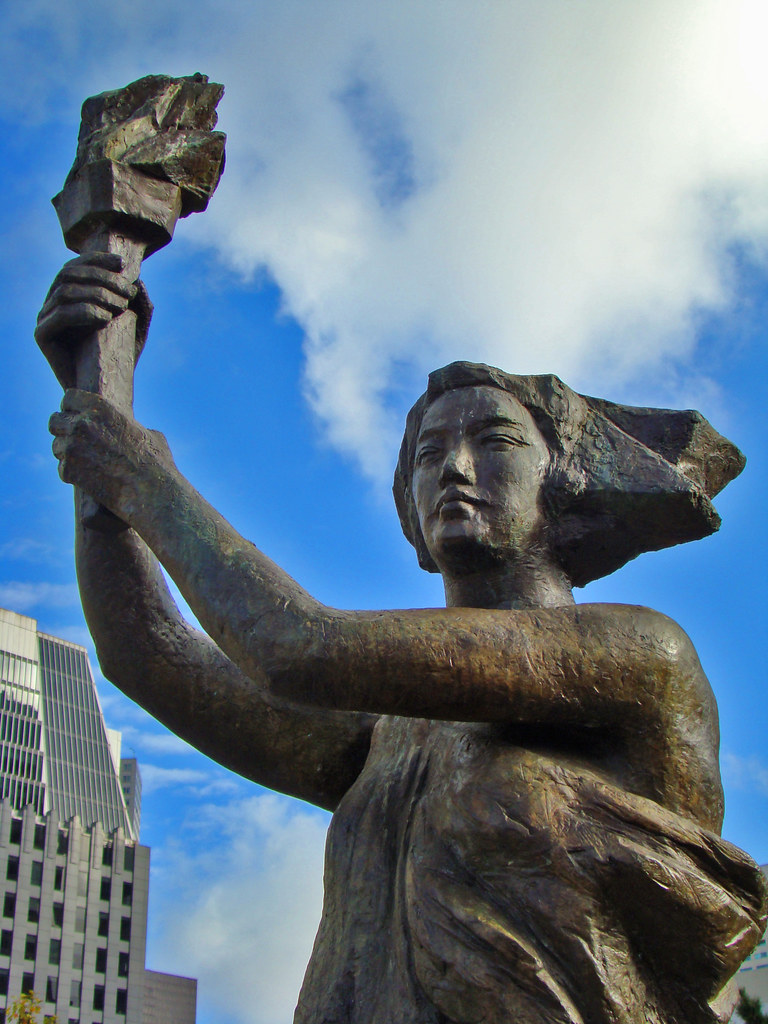Every year, Stanford art professor Matt Kahn gives his design students a pumpkin carving assignment. He goes to a Half Moon Bay pumpkin patch to help his students select their pumpkins, then the students go back to the classroom to carve their assignments. The pumpkins must be lanterns and they must be scary. They are always due on October 31st and they are always on display in the evening on the professor's front yard. For a video of Professor Kahn's class, click here.
Everyone in the Stanford community knows what you mean when you ask: "Have you seen The Pumpkins this year?" or "Meet you at The Pumpkins at 9 o'clock?" After a long night of trick-or-treating, my kids and I used to love to go to see The Pumpkins. This year, I went alone. My daughter is away at school, my son is way too cool to be seen with his mother, and my husband was on trick-or-treat duty at home. I did not take a page from Robin at Bird Tweets and take a tripod, so please excuse the blurriness.
This one caused quite the buzz because this pumpkin was carved from the inside:
I loved this smallish pumpkin because it looked like it was made of tiles. Everyone got up close to find out if it really was a pumpkin:
The polka-dot pumpkin in the back was a green gourd. I don't know what the small pumpkin did to land in jail.
It's hard to actually see the pumpkin, but this owl was quite striking:
Here are some more ghoulish-looking ones:

What a grand way to celebrate Halloween!





















